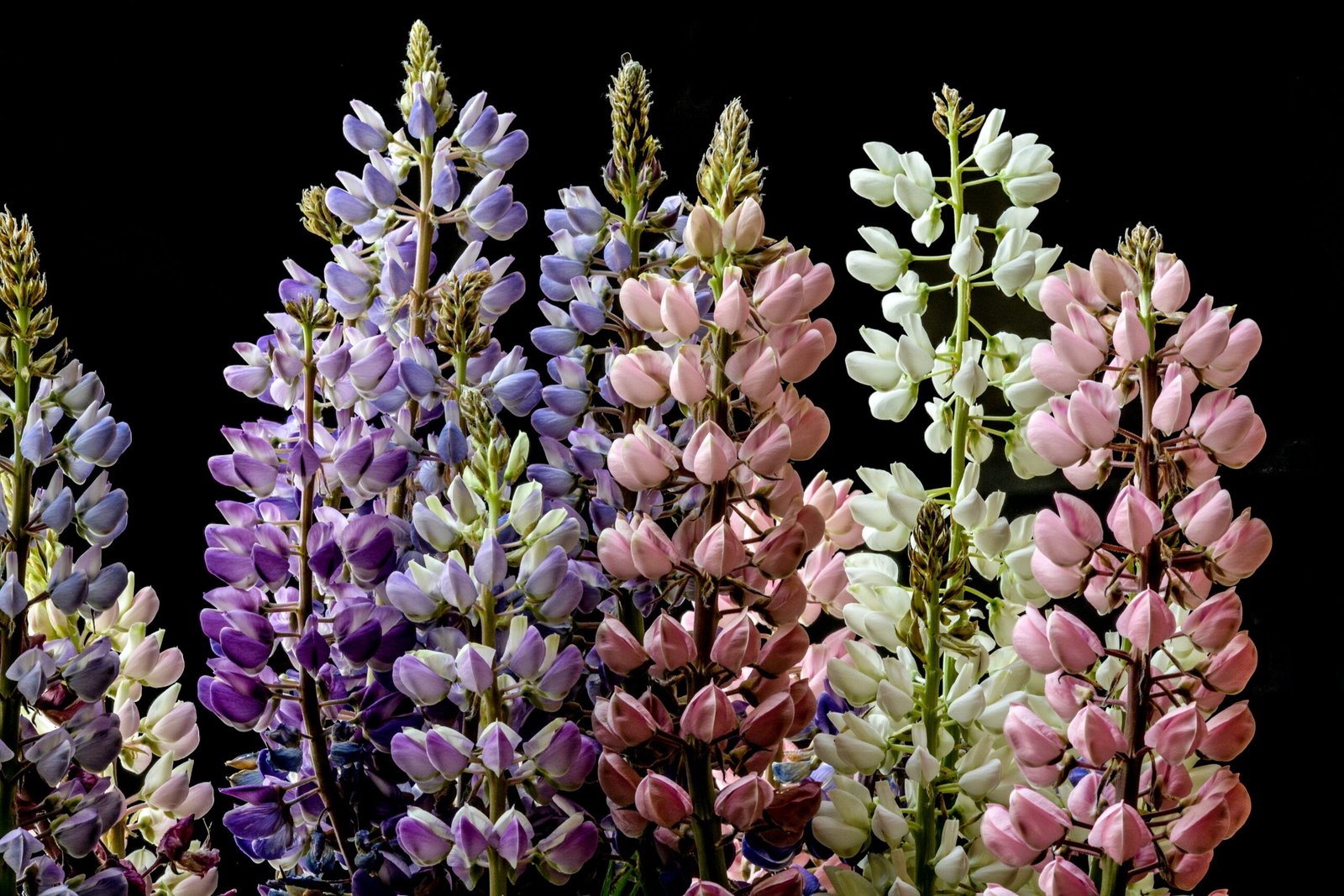- Lotus: How to Plant, Grow and Care for Lotus - 3 November 2023
- Zinnia: How to Plant, Grow and Care for Zinnia - 3 November 2023
- Coreopsis: How to Plant, Grow and Care for Coreopsis - 3 November 2023
Lupine, a beautiful flowering plant, boasts tall spikes adorned with colorful flowers in shades of purple, pink, blue, and white. It is native to North America and is known for its ability to attract pollinators like bees, butterflies, and hummingbirds to the garden.
About Lupine:
Lupine is a genus of flowering plants that includes various types such as the Bigleaf Lupine, Arroyo Lupine, and Silvery Lupine. Each type has its own distinct characteristics and growth habits.
Lupines have a perennial life cycle and bloom season that typically occurs during the summer months. They offer a vibrant display of flowers in shades of blue, purple, pink, and white.
Characteristics:
Lupines are known for attracting bees, butterflies, and hummingbirds with their colorful blooms. They are also relatively easy to grow and maintain, making them a popular choice for gardeners. While not commonly consumed by humans, some species of Lupine seeds are used in traditional cooking. The flowers of Lupine are fragrant and can add a delightful scent to your garden. Additionally, Lupines have an extended bloom time, providing beauty for a longer period.
Growing Conditions:
Lupines thrive in well-draining soil and full sun to part shade exposure. They prefer slightly alkaline soil with a pH range between 6.0 and 7.5. These plants are drought tolerant once established, but regular watering is necessary during dry periods to promote healthy growth.
Resistance:
Lupines are generally resistant to deer and rabbit damage. However, they may be susceptible to plant diseases such as rust, fusarium wilt, downy mildew, and powdery mildew, depending on the specific variety and growing conditions.
| Season | Depth | Height | Spacing | US Hardiness Zone |
|---|---|---|---|---|
| Spring to Summer | 1/4 to 1/2 inch | 1 to 4 feet | 12 to 18 inches | 4 to 8 |
Plant Care Instructions
Light Requirement
Lupines thrive in full sun to partial shade. They can tolerate full shade but may not bloom as profusely.
Water Need
Lupines prefer consistent moisture but do not like wet feet. Water them deeply once a week, allowing the top inch of soil to dry out between waterings.
Fertilizer
Lupines do not require much fertilizer, but you can use a balanced organic fertilizer such as a 10-10-10 or 20-20-20. Alternatively, you can use compost or well-rotted manure as a natural fertilizer.
Pruning
After blooming, you can cut back the spent flower stalks to encourage more blooms. In fall, you can prune the entire plant down to the ground to prepare for winter.
Toxicity
Lupines are considered toxic to humans and animals if ingested in large quantities. Keep them out of reach of children and pets.
Common Issues
Common issues with lupines include powdery mildew, aphids, and slugs. Regularly inspect your plants for signs of these problems and take appropriate action.
Culinary Benefits:
- Lupines can be used in various culinary preparations, adding a unique flavor and texture to dishes.
- The seeds of lupine plants can be ground into flour and used as a gluten-free alternative in baking.
- Lupine seeds can also be roasted and consumed as a crunchy snack.
- Some lupine species have edible flowers that can be used to garnish salads or as a colorful addition to desserts.
Medicinal Benefits:
- Lupines have been traditionally used in herbal medicine for their diuretic and anti-inflammatory properties.
- The plant is believed to have antimicrobial effects, making it useful in treating skin infections and wounds.
- Lupine extracts have shown potential in lowering blood pressure and reducing cholesterol levels.
- Some studies suggest that lupines may have anti-cancer properties.
- Consuming lupine seeds has been linked to improved digestive health due to their high fiber content.
Companion Plants for Lupine:
- Poppies: These beautiful flowers complement the tall spikes of Lupine and attract pollinators to your garden.
- Daisies: The vibrant blooms of daisies create a cheerful contrast to the Lupine flowers and attract beneficial insects like ladybugs.
- Coreopsis: With their dainty blooms and compact growth habit, coreopsis makes a perfect companion for Lupine, adding color and attracting bees.
- Salvia: This aromatic herb not only adds a lovely fragrance to your garden but also repels pests and attracts hummingbirds.

